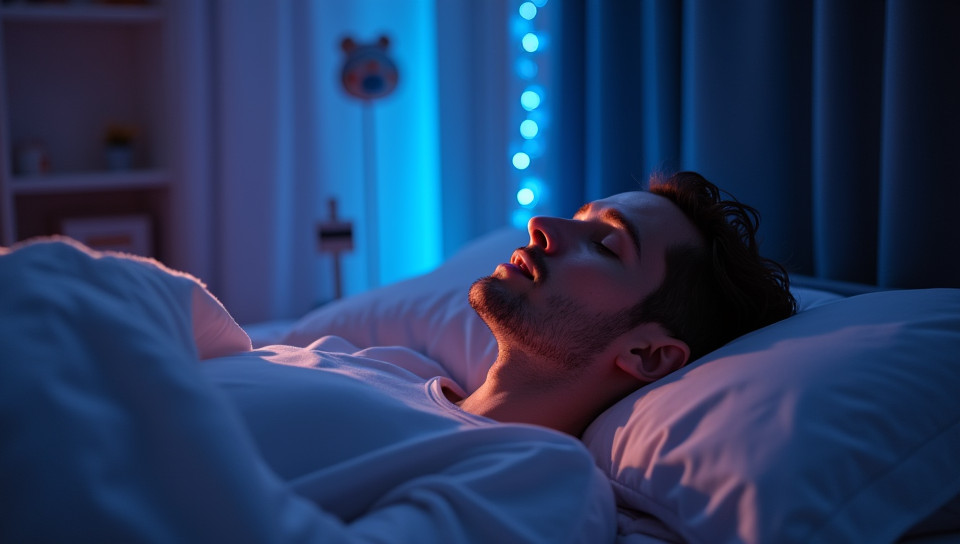Light therapy regulates melatonin levels 79%

The Sunlight Solution: How Light Therapy Regulates Melatonin Levels
Imagine being able to control your sleep schedule and wake up feeling refreshed, without the need for medications or drastic lifestyle changes. For many of us, this sounds like a dream come true. But what if I told you that there's a simple yet powerful solution available? Enter light therapy, a non-invasive treatment that harnesses the power of sunlight to regulate melatonin levels and improve our overall sleep quality.
Understanding Melatonin: The Sleep Hormone
Melatonin is a hormone produced by the pineal gland in our brain. It plays a crucial role in regulating our sleep-wake cycles, also known as our circadian rhythms. When it's dark outside, our body produces melatonin, making us feel drowsy and sleepy. Conversely, when it's light outside, melatonin production slows down, and we feel more alert.
The Impact of Light on Melatonin Production
Light has a profound impact on our melatonin levels. Exposure to natural sunlight in the morning helps regulate our circadian rhythms, while exposure to artificial light sources in the evening can disrupt this delicate balance. This is why people who work night shifts or have irregular schedules often experience difficulties sleeping.
How Light Therapy Works
Light therapy involves exposing yourself to a specialized light source that mimics the effects of natural sunlight. These lights emit a specific type of light, usually in the blue spectrum, which helps regulate melatonin production and improve sleep quality. By using light therapy, you can:
- Reduce symptoms of seasonal affective disorder (SAD)
- Improve sleep quality
- Increase energy levels
- Enhance mood
Choosing the Right Light Therapy Device
When selecting a light therapy device, consider the following factors: - Brightness: Look for devices that emit at least 10,000 lux. - Color temperature: Opt for devices with a color temperature of around 5500K to 6500K, which is similar to natural sunlight. - Duration: Use devices for at least 20 minutes per session.
Conclusion
Light therapy offers a simple yet effective solution for regulating melatonin levels and improving sleep quality. By harnessing the power of light, we can take control of our sleep schedules and wake up feeling refreshed and revitalized. Whether you're struggling with SAD or simply looking to improve your overall well-being, consider incorporating light therapy into your daily routine.
- Created by: Olivia Brunner
- Created at: Feb. 17, 2025, 12:05 a.m.
- ID: 20185





